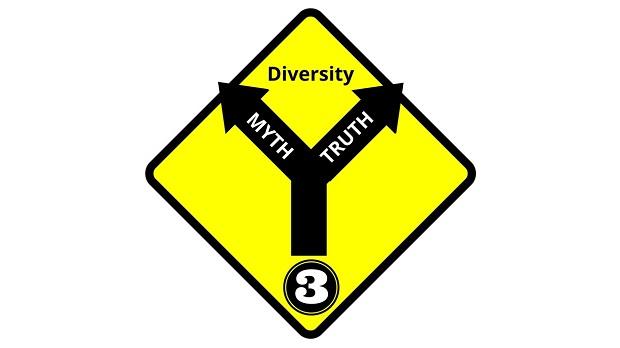 I was in a department store last year around the holiday season and engaged in a conversation with a sales associate who was very upset that her employer would not allow them to wish customers a Merry Christmas. Employees had been instructed to say Happy Holidays. I was with a client yesterday who was wrestling with a decision as to whether the company should just ban all displays of Christmas or any other holiday in the name of inclusion.
I was in a department store last year around the holiday season and engaged in a conversation with a sales associate who was very upset that her employer would not allow them to wish customers a Merry Christmas. Employees had been instructed to say Happy Holidays. I was with a client yesterday who was wrestling with a decision as to whether the company should just ban all displays of Christmas or any other holiday in the name of inclusion.
Creating inclusive cultures in organizations and behaving inclusively as individuals are not easy pursuits. Because of our diversity, we have different values and beliefs. How do you value differences without offending those from different beliefs?
This issue typically becomes more prominent during the holiday/Christmas/Chanukah/
Should a company not put up Christmas decorations because it might offend those who do not celebrate Christmas? Should a sales associate be reprimanded for slipping and saying Merry Christmas?
Sometimes the very things that we do in the name of inclusion actually create more exclusion and divisiveness. Understanding that you will never please everyone, extreme decisions like eliminating all holiday decorating or punishing staff for forgetting the “correct” greeting do not foster an inclusive environment.
Here are some ideas for addressing the holiday conundrum:
- Acknowledge the range of ways that people in your organization may celebrate the holidays (or not). Send a message that you respect each person’s or groups’ s right to express their traditions and while you may not see visible displays for all holidays your attempt is to provide a joyous and reverent atmosphere that will appeal to a broad range of employees.
- Include this topic in training to help individuals recognize that inclusion does not necessarily mean that every single holiday that someone might celebrate will be visibly acknowledged by the company. Inclusion is the ability to adapt and accept, even if we don’t always agree. It is finding a way to bridge across differences to include most people.
- Encourage individuals to learn more about traditions that they may not have been aware of. Conduct lunch and learns or other forums that are open to all employees to learn about how others celebrate the holidays.
- Provide an atmosphere of openness where it is OK to make a mistake. If someone says Merry Christmas to another employee who does not celebrate Christmas, the receiver of the wish can simply say, thanks for the well wishes even though I don’t celebrate Christmas. I think we have to “cut each other some slack”, as I like to say, and recognize that we will make mistakes and that everyone is not always going to know what your belief system is. It is an opportunity for learning.
- Teach the idea that each of us is responsible for contributing to an inclusive environment by being sensitive to the other, not judging and learning to be OK with a wide range of different expressions of holiday greetings that may not always be consistent with their own traditions. Does a Christmas tree really offend you or can you understand that while it may not fit your values, it works for others. Can those who celebrate Christmas accept that there are those who do not and be OK with that? These are the real questions of inclusion.
Diversity is who we are, inclusion is how we show up.


















